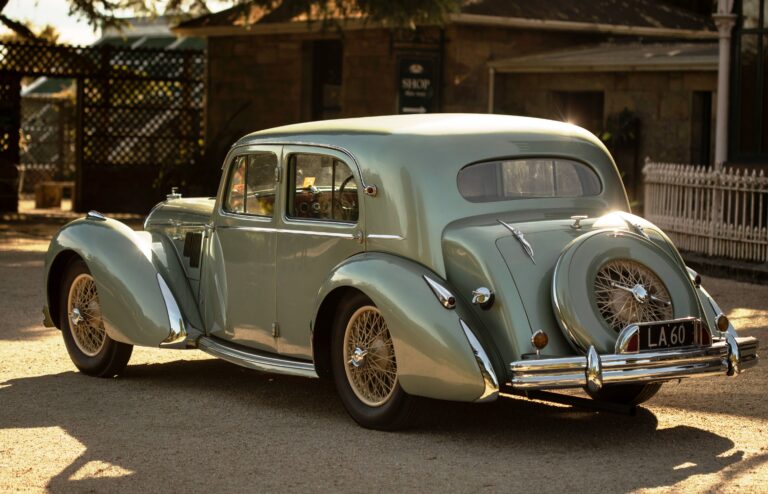For a period spanning a decade — between 1953 and 1963 — the Aston Martin race team for the 24 Hours of Le Mans would set up shop at Hotel de France at La Chartre-sur-le-Loir. What did this entail? Well, in the more relaxed days of yesteryear, the team’s drivers and mechanics would prepare their cars in the hotel courtyard before driving them — on public roads, no less — to the circuit.

Image: Drew Gibson
Following Aston Martin’s final days in the town, it remained a mecca for those with petrol in their veins. Unfortunately, the Aston Martin team didn’t return — until now. It is 52 years on, and history is repeating itself.

Image: Drew Gibson
After two days of testing at Le Mans, Aston Martin have returned to recreate some of the 1950’s most famous photo and film footage of their cars being prepared at the hotel — the 2015 effort stars the team drivers, Kiwi racer Richie Stanaway, Darren Turner, and Mathias Lauda, along with three of Aston Martin Racing’s Vantage GTEs.

Image: Drew Gibson
Chairman of Aston Martin Racing David Richards says, “The Hotel de France is an important part of Aston martin’s motorsport heritage.
“This year, we wanted to recreate the nostalgia of those days, when the racing cars had their final preparations alongside the hotel before being driven some 40km to the circuit, along public roads.”


